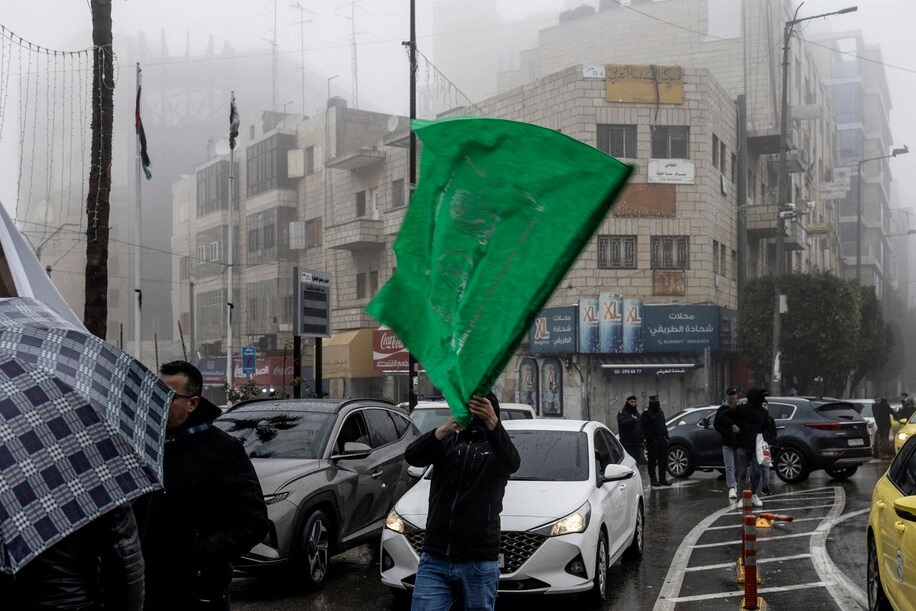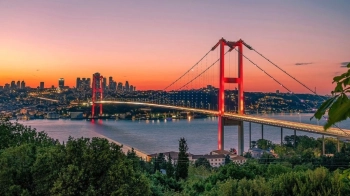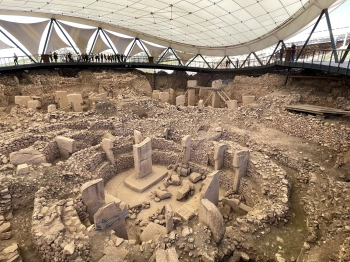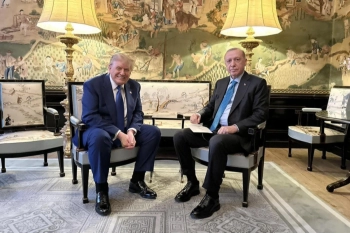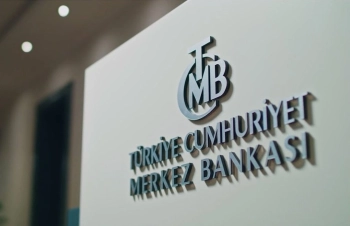A Sudden Shift in Stance
In a surprising turn of events, Hamas has announced its readiness to begin ceasefire talks in Gaza immediately. But what prompted this sudden shift? Why now, after months of escalating tensions and violence? How might this development impact the broader Israeli-Palestinian conflict? This article delves into the implications of Hamas's statement, exploring the geopolitical, humanitarian, and strategic dimensions of this potential ceasefire.
The Context Behind Hamas's Announcement
The announcement comes amid intense international pressure and a dire humanitarian situation in Gaza. With infrastructure in ruins and civilian casualties mounting, the call for a ceasefire has grown louder. Hamas's statement appears to be a strategic move, possibly aimed at gaining diplomatic leverage or alleviating domestic suffering. For instance, similar ceasefire offers in the past have been used to regroup and rearm, raising questions about the group's long-term intentions.
International Reactions and Diplomatic Efforts
Global powers, including the United States, Egypt, and Qatar, have been mediating between Israel and Hamas. The U.S. has expressed cautious optimism, while Egypt has called for both parties to seize this opportunity for peace. However, Israel remains sceptical, citing Hamas's history of broken agreements. A real-world example of this dynamic is the 2014 ceasefire, which collapsed within hours, leading to renewed hostilities.
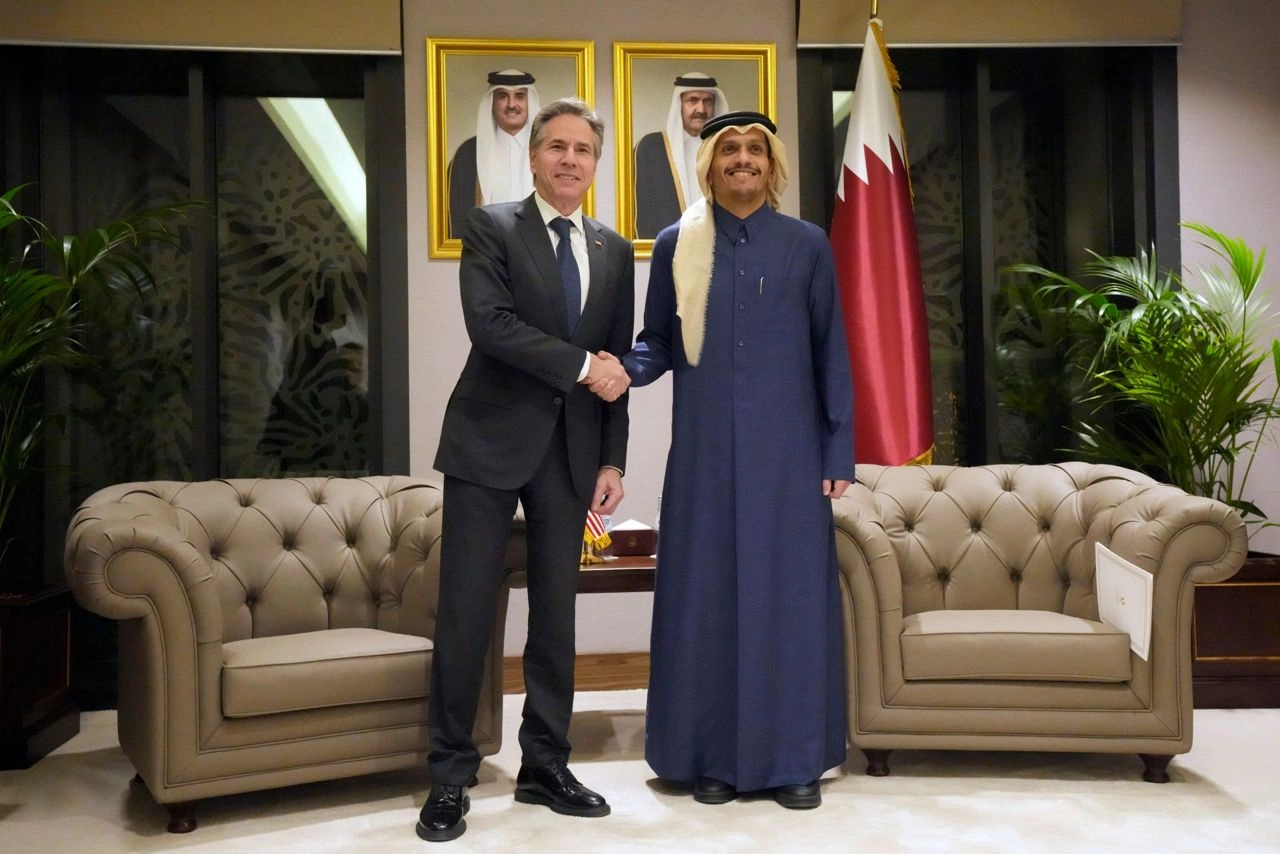
Humanitarian Crisis in Gaza
The humanitarian toll of the conflict cannot be overstated. Over 2 million Palestinians in Gaza face shortages of food, water, and medical supplies. Hospitals are overwhelmed, and electricity is scarce. A ceasefire could allow for much-needed aid to enter the region. Organisations like the Red Cross and UNRWA are on standby, ready to deliver assistance if a truce is agreed upon.
Strategic Implications for Hamas and Israel
For Hamas, a ceasefire could serve multiple purposes: easing international isolation, securing prisoner swaps, or even gaining political recognition. For Israel, it might offer a respite from rocket attacks and a chance to address domestic security concerns. However, both sides risk alienating their hardline supporters if they appear too conciliatory. The 2011 prisoner exchange, which saw hundreds of Palestinians released in exchange for one Israeli soldier, illustrates the complex trade-offs involved.
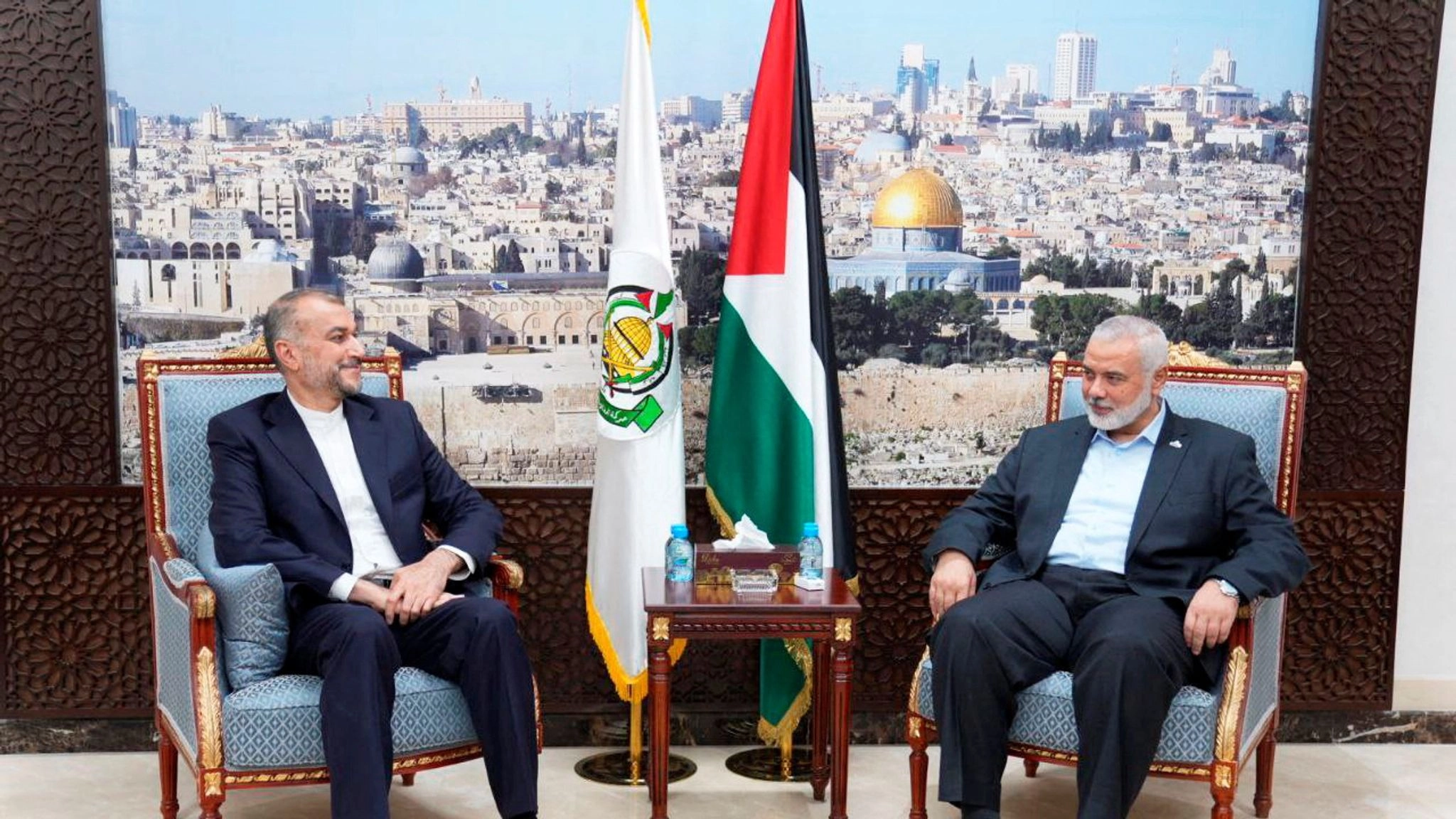
The Road Ahead: Challenges and Opportunities
While the announcement is a positive step, significant hurdles remain. Trust between the parties is virtually nonexistent, and the terms of any agreement will be hotly contested. Past failures, such as the 2018 protests along the Gaza border, which ended in bloodshed, highlight the fragility of such efforts. Yet, the current situation also presents a rare opportunity to break the cycle of violence and address root causes of the conflict.
Conclusion: A Glimmer of Hope?
Hamas's readiness to engage in ceasefire talks is a potentially transformative development. Whether it leads to lasting peace or another temporary lull depends on the willingness of both sides to compromise. The international community must remain vigilant, ensuring that any agreement is sustainable and addresses the underlying issues fueling the conflict.
